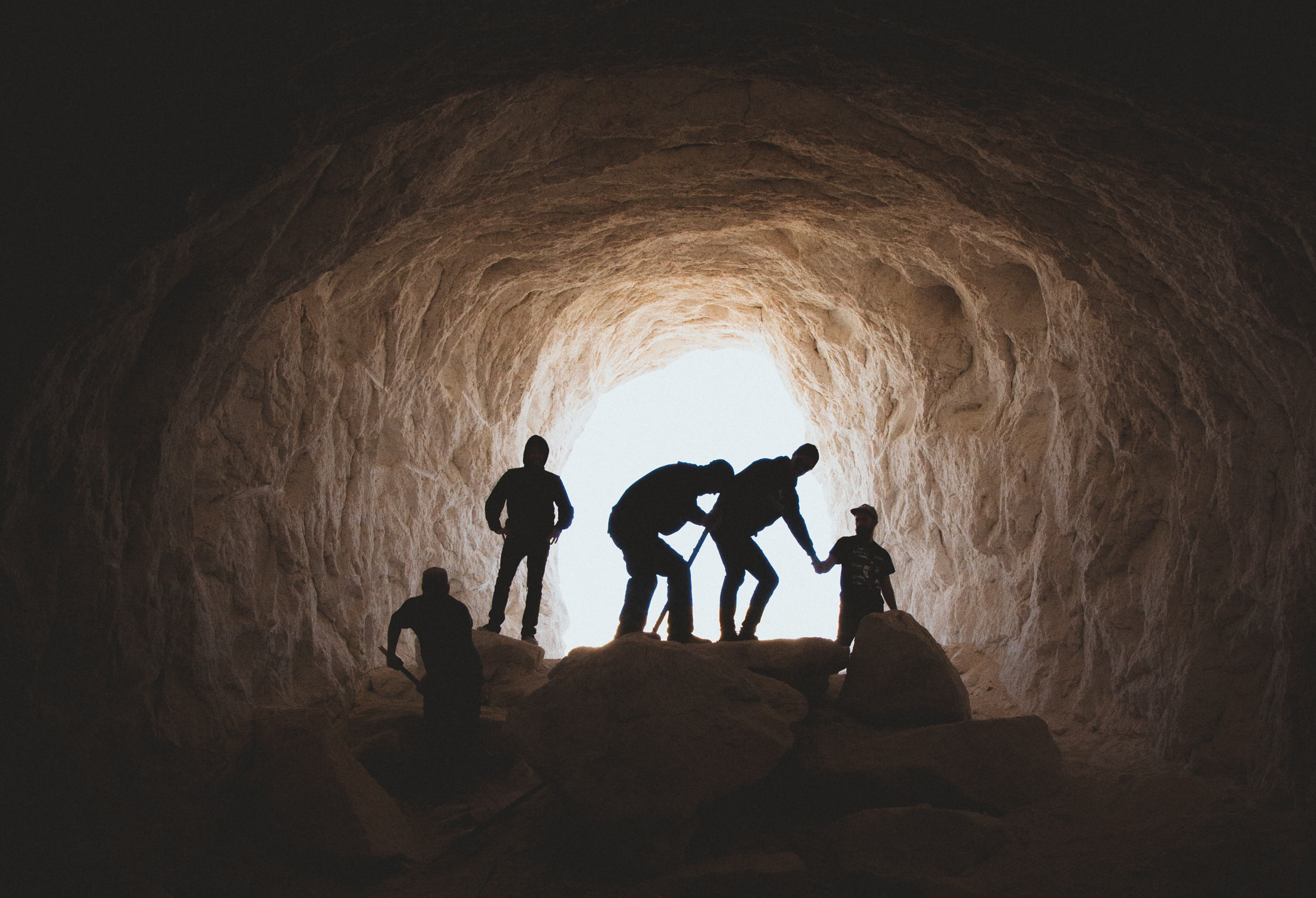“One in the hand, two in the bush” is a familiar mindset in the mining industry. Other industries are forced into taking a more disruptive approach. Consumer technology and digital media, for example, are in a constant state of flux. The right idea can quickly skyrocket to the top.
The mining industry deals in heavier processes. The discovery of mineral deposits and the establishment of relationships with local communities. The strategic blasting and processing of rock. Energy costs, safety issues, and modes of transport – these are weighty factors to consider as metric tons of ore flow into production chains around the world.
It isn’t so easy to change these dynamics with a clever concept or a flourish of code. Our industry has always followed the trail of reliable results based on established practices, with a conservative attitude toward radical innovation. It’s hard to argue that it should have been any other way. For a mining company, betting on unproven solutions can be disastrous for shareholders.
Examples from history
The advent of the modern safety fuse, patented by Sir William Bickford in 1831, took time to catch on. It was a revolutionary step in the ability to control the outcome of blasts and protect mining personnel from harm; but the new fuse was slightly more expensive than existing technology (quills). It also represented a new way of doing things.
Over a century later, when the first digital blasting hardware was brought to market in the 1970s, mining operators were slow to adopt it.
Despite this reputation for being slow to embrace change, the impulse to innovate has created some big winners in the history of mining. Bickford was one of them, although he didn’t live to see how influential his work would become. Alfred Nobel, the inventor of dynamite, did become wildly successful in his lifetime, and was able to witness the historic effect of dynamite on commercial mining and other industries.
Willingness to fail
One of the things these two innovators had in common, besides friendship, was failure. Bickford had witnessed the tragic outcomes of primitive fuses first-hand; he had been trying to develop a safer alternative without success. It wasn’t until he happened to visit a ropemaker friend of his that the method for building his modern safety fuse occurred to him.
Nobel’s experiments with Nitro-glycerine were even more gruelling; his experiments resulted in a particularly tragic accident before he hit on the formula for dynamite.
Both of these innovations were preceded by failure, and both changed the mining industry for the better.
Modern challenges
The situation we now face as an industry is different than anything that came before. Modern mining companies must design their operations using a complex calculus of social license, environmental stewardship, and the ever-increasing demand for efficiency. A company like Komatsu did not produce its automated haul vehicles overnight. The drone-powered mapping solutions from a startup like Airobotics required years of development – not all of which was linear.
As Davey-Bickford Enaex, the hardware we design and apply to mining sites around the world – such as the Daveytronic® SP Digital Blasting System – includes an array of features (e.g. communication protocols, two-capacitor detonators, smart shunts) to exponentially increase the safety and precision of every blast. These features would exist if not for the countless failed designs, models and concepts from which our engineers learned and improved.
It’s often said that METS companies innovate on behalf of mining companies, and that’s true. By the time an innovation is presented to the industry as a viable solution, it will have gone through a long process of failing forward. But the value of product or solution can never truly be known until it is applied in the field, and this takes guts.
Mining companies – to a lesser extent than METS – must be willing to fail forward in the spirit of innovation and social proof. As radical new technology comes to market in the years ahead, our industry will collectively demonstrate that the willingness to fail is nothing less than the courage to innovate.
Many mining companies will find definite advantages, just as they always have, in waiting for new technology to enter the mainstream in earnest before they jump in. Others will find earlier and bigger gains by partnering with smart and capable innovators, even if it means accepting more risk. In an era of radical innovation in mining, “one in the hand, two in the bush” is sometimes – not always – the right approach.







